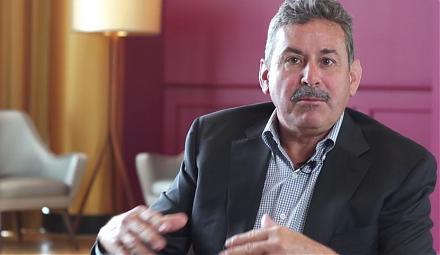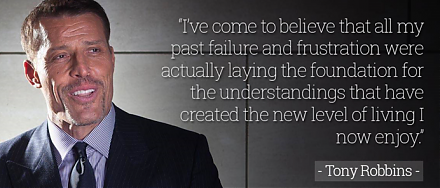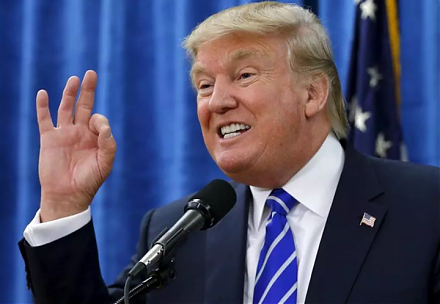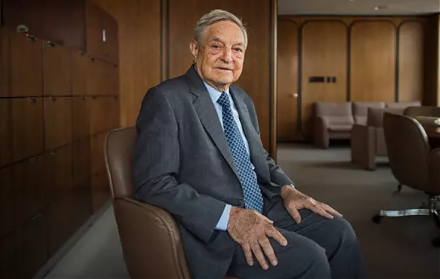

2018-03-21 06:32:00 Wed ET
federal reserve monetary policy treasury dollar employment inflation interest rate exchange rate macrofinance recession systemic risk economic growth central bank fomc greenback forward guidance euro capital global financial cycle credit cycle yield curve
Fed Chair Jerome Powell increases the neutral interest rate to a range of 1.5% to 1.75% in his debut post-FOMC press conference. The Federal Reserve raises the interest rate for the sixth time since the Federal Open Market Committee (FOMC) near-zero rate lift-off in December 2015. The Fed Chair transition from Yellen to Powell indicates a moderate monetary policy regime switch from dovish to hawkish in accordance with the recent FOMC minutes.
The Federal Reserve now targets a core PCE inflation rate above 2.1% as the U.S. unemployment rate gradually declines to the lowest level of 3.8%-4.1% in 17 years. Most dynamic stochastic general equilibrium (DSGE) New Keynesian economic models suggest that Powell has to trade off near-full employment with inflationary momentum. As inflation picks up over time, Powell must gradually raise the neutral interest rate to tame upward price gyrations when the U.S. economy operates near full employment.
Former Fed Chair Janet Yellen might prefer to keep the lower interest rate for a longer period of time, whereas, Powell departs from this lower-for-longer dovish and accommodative monetary policy stance in response to key FOMC hawks who express deep concerns about high inflation or price instability.
If any of our AYA Analytica financial health memos (FHM), blog posts, ebooks, newsletters, and notifications etc, or any other form of online content curation, involves potential copyright concerns, please feel free to contact us at service@ayafintech.network so that we can remove relevant content in response to any such request within a reasonable time frame.
2025-07-12 11:35:00 Saturday ET

Mitch Anthony explains why it is now more important for top sales leaders to apply social skills and emotional competences to fulfill customer needs, wants,
2023-03-14 16:43:00 Tuesday ET

Several feasible near-term reforms can substantially narrow the scope for global tax avoidance by closing information loopholes. Thomas Pogge and Krishen
2017-01-27 17:19:00 Friday ET

Tony Robbins explains in his latest book on personal finance that *patience* is the top secret to successful stock investment. The stock market embeds an
2018-06-03 07:35:00 Sunday ET

Several recent events explain why Trump may undermine multilateral world order. First, Trump withdraws the U.S. from the 12-nation Trans-Pacific Partnership
2018-05-10 07:37:00 Thursday ET

Top money managers George Soros and Warren Buffett reveal their current stock and bond positions in their recent corporate disclosures as of mid-2018. Georg
2025-07-01 13:35:00 Tuesday ET

In recent times, financial deglobalization and asset market fragmentation can cause profound public policy implications for trade, finance, and technology w